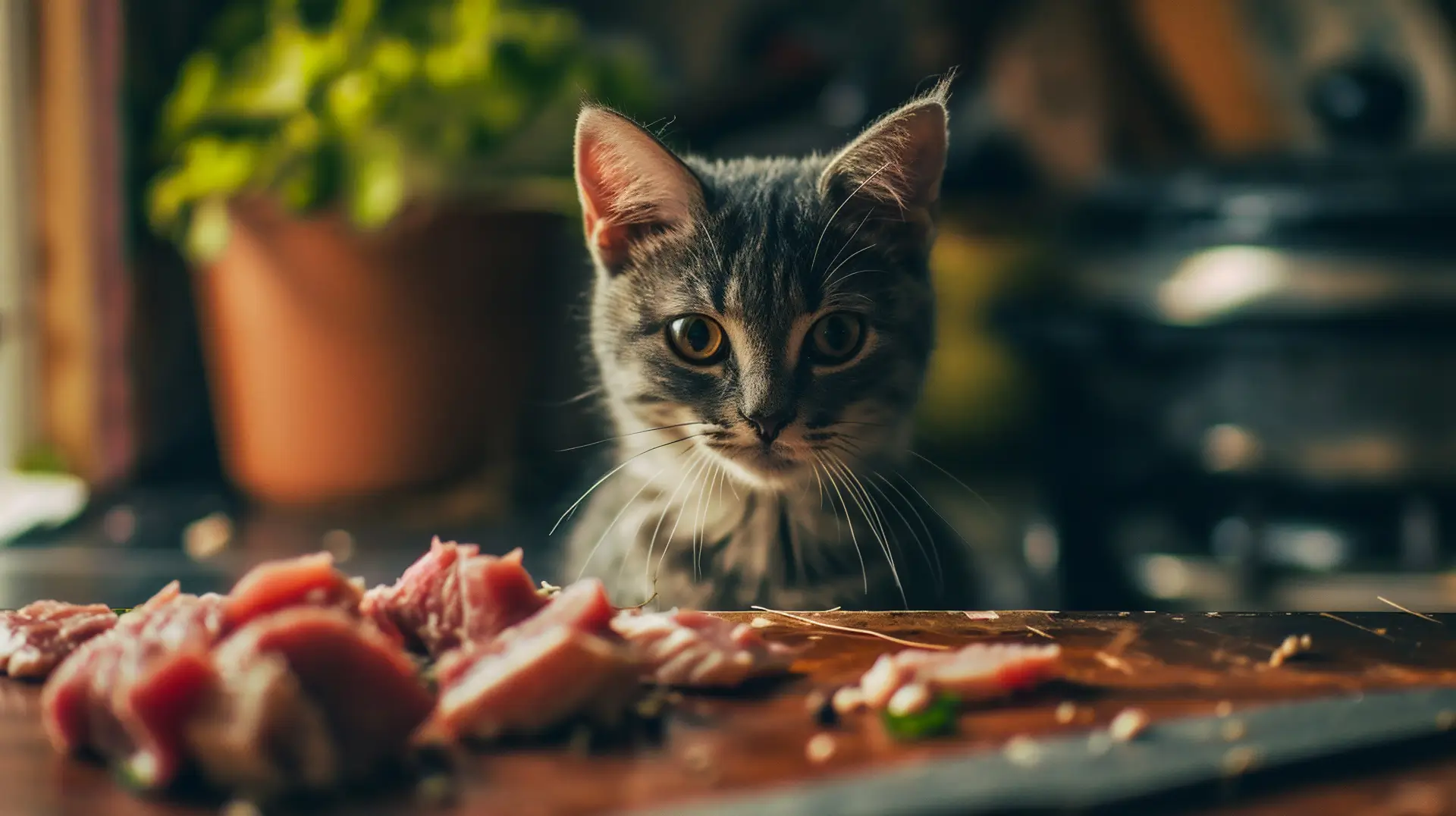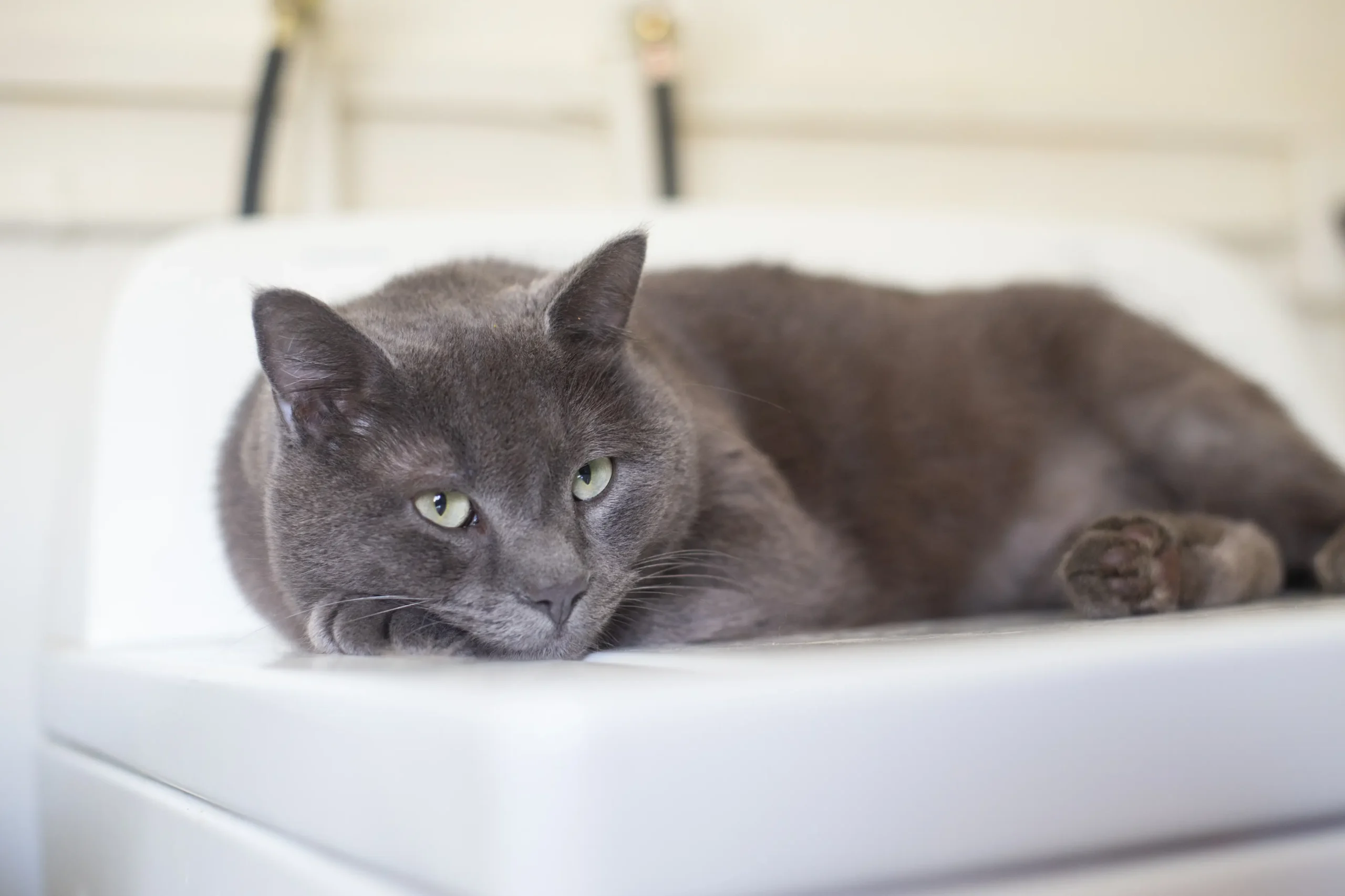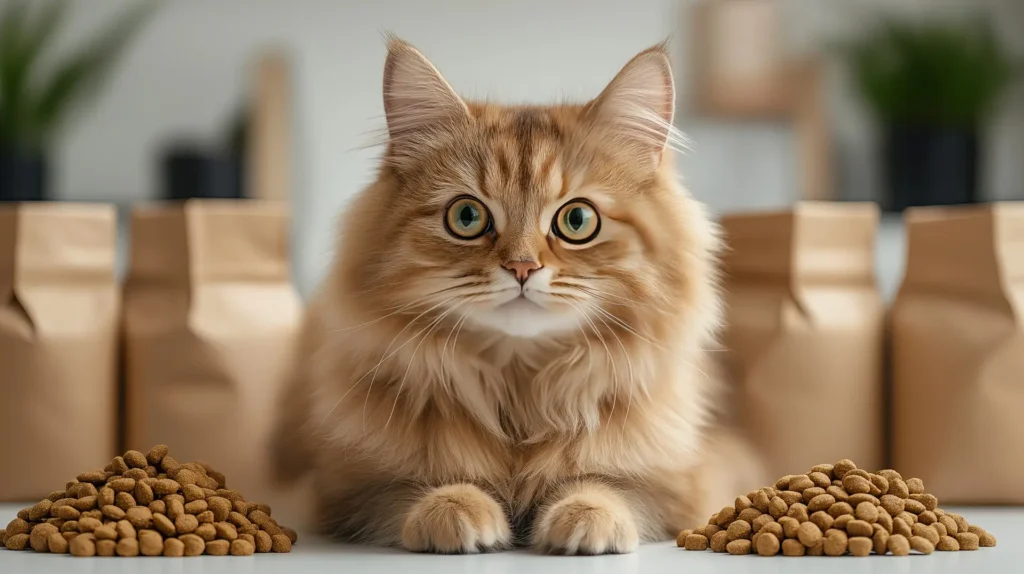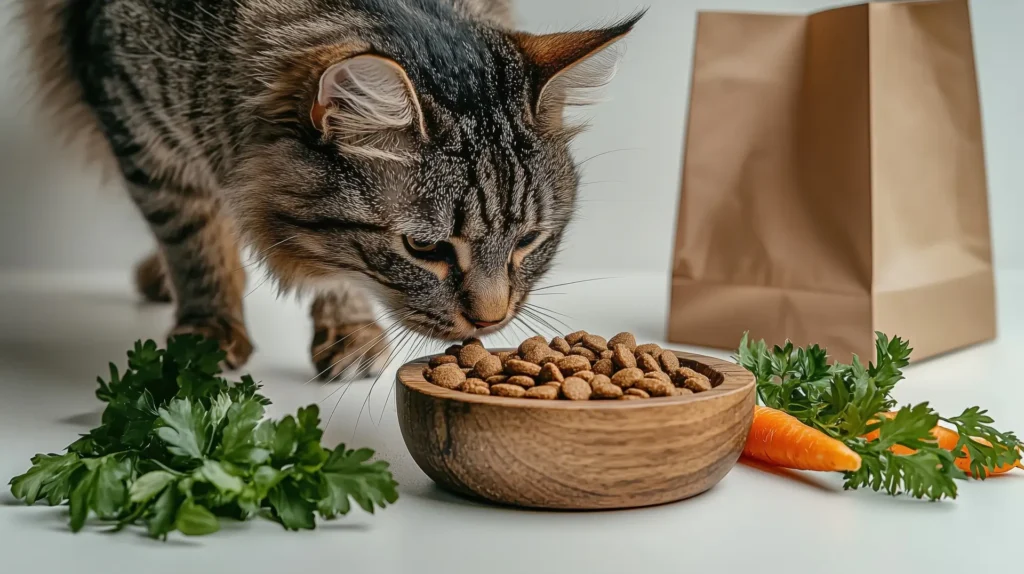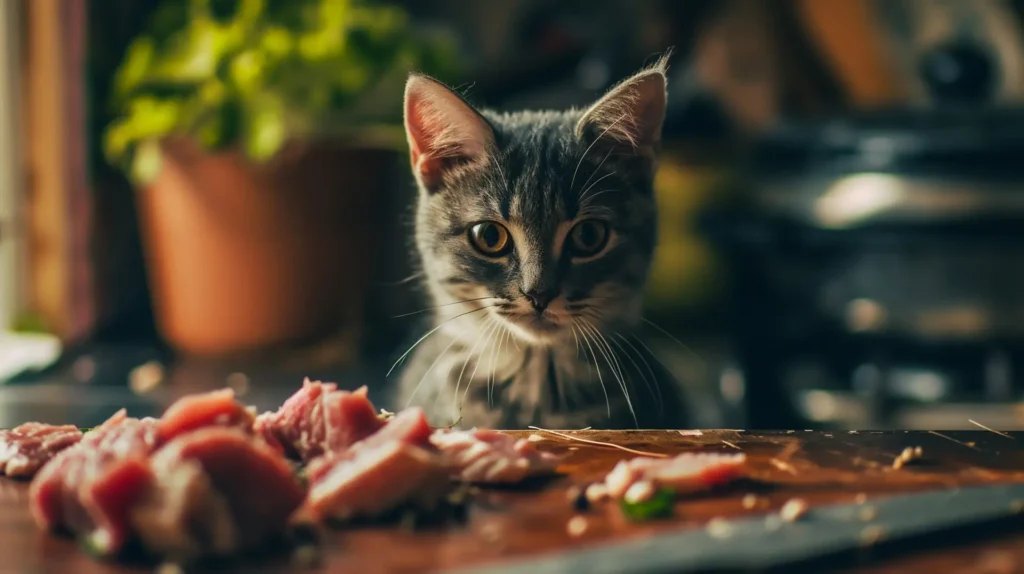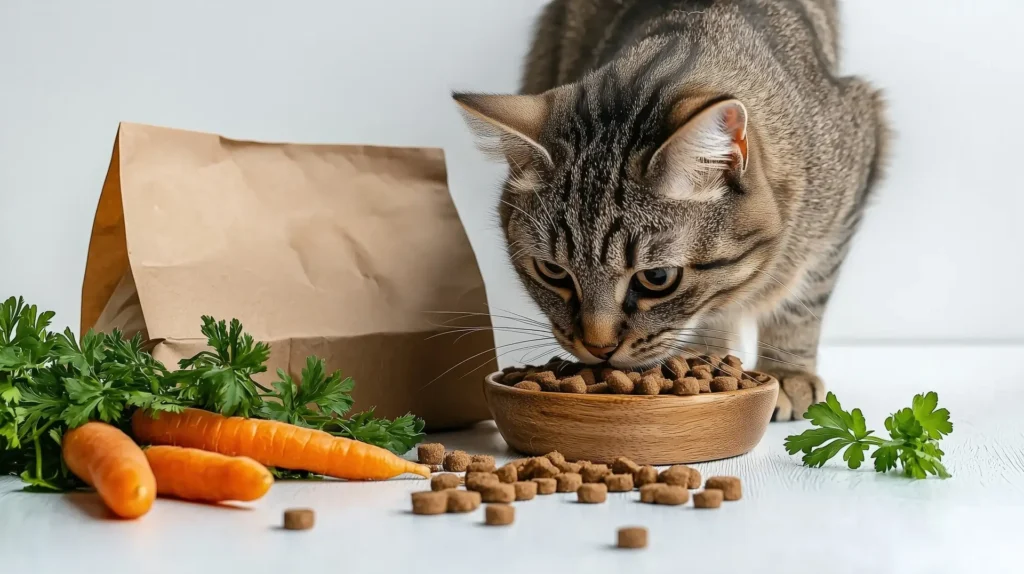The Russian Blue is a graceful, intelligent, and affectionate cat breed. It is known for its plush blue-gray coat and vivid green eyes. They are legant and playful. They have become increasingly popular in the U.S., prompting many to ask: What is the Russian Blue price?
In this blog post, you will explore the average cost, the factors that influence the Russian Blue cat price, and provide real-world examples and buying tips. If you are considering adding this beautiful feline to your family. Then this guide is your go-to resource.
What Is the Average Russian Blue Price?
The Russian Blue cat price in the U.S. ranges from $600 to $3,000 on average. But it also depends on pedigree, breeder reputation, and location.
| Type of Russian Blue | Estimated Price Range |
|---|---|
| Pet-Quality Russian Blue | $600 – $1,200 |
| Show-Quality Russian Blue | $1,500 – $3,000 |
| Rescue or Shelter Cat | $75 – $300 |
Real-world example: A verified Russian Blue owner on Reddit mentioned paying $950 in Texas for a kitten from a trusted breeder, including vaccinations and health screening.
Factors That Affect Russian Blue Cat Price
Certain factors determine how much you may pay for a Russian Blue:
1. Breeder Reputation Affects Russian Blue Price
A registered, experienced Russian Blue breeder provides health guarantees, paperwork, and ethically raised kittens, Which often justifies a higher price.
2. Pedigree and Lineage Affects Russian Blue Price
Show-quality cats with certified ancestry will command premium rates. Some have parents who are award winners. Which adds value.
3. Geographic Location Affects Russian Blue Price
The Russian Blue cat price near me might differ due to demand and availability. Urban areas often see higher prices than rural ones.
4. Age and Gender Affect Russian Blue Price
- Kittens: More expensive than adults.
- Females: Sometimes cost more due to breeding potential.
5. Vaccination and Medical Costs
A cat with pre-applied vaccinations and neutering/spaying will cost more upfront, But save future costs.
For more details on the breed variety, see this complete guide to the blue Russian cat.
Russian Blue Price: Adoption vs Buying from a Breeder
Adopting from a shelter is a noble and affordable route. It often costs between $75 and $300. However, purebred availability is low. If you are open to a Russian Blue mix cat, adoption can be a wonderful option.
Note: Buying from breeders ensures breed purity but comes at a higher cost.
Russian Blue Price: Cost of Ownership After Purchase
The blue Russian cat price does not end after you bring it home. Here is what you should consider annually:
| Expense Category | Estimated Annual Cost |
| Food & Treats | $300 – $600 |
| Vet Checkups | $150 – $300 |
| Insurance | $100 – $300 |
| Toys, Litter, Accessories | $200 – $500 |
Expect to spend around $750 to $1,700 annually.
Where to Buy a Russian Blue Cat
Here are some reliable platforms where you can find Russian Blue cats:
- Kittens Up 4 Sale
- Happy Paws US
- Pets4Homes
Always verify the breeder’s credentials. Also, visit the facility if possible and ask for health documentation.
Traits That Justify the Russian Blue Price
1. Hypoallergenic Qualities
Though no cat is entirely hypoallergenic but Russian Blues are known to produce fewer allergens.
2. Low Maintenance Coat
Despite their plush look. They require minimal grooming.
3. Intelligence and Loyalty
Russian Blues are known for their emotional intelligence and strong bond with their owners.
Understanding Blue Russian Cat Types
Different types of Russian Blues also impact the cost:
- Traditional Russian Blue: It is a classic short-haired version
- Long hair Russian Blue: They are and have a luxurious coat, and are higher cost
- Russian Blue mix: It is much more affordable through adoption centers
Tips for Getting a Healthy Russian Blue Without Overpaying
- Use breeder reviews and request veterinary documentation.
- Check shelters regularly.
- Ask to see both parents of the kitten.
- Ensure microchipping and vaccinations are included in the price.
- Avoid suspiciously low prices. They may indicate unethical breeding practices.
Real-Life Buyer Experiences
- “I got my Russian Blue from a breeder in Michigan through KittensUp4Sale for $1,200. She came vaccinated, spayed, and microchipped. It was more than I planned to spend, but she’s worth every penny.” Emily R., verified via SpotPet
- “Adopted a Russian Blue mix from a shelter in California. Cost me only $150, including the first vet visit. Best decision ever!” Leo D., Reddit
Why Is the Russian Blue Cat Price Worth It?
When considering the Russian Blue cat price, think beyond the initial cost. Their longevity (up to 20 years), calm nature, and strong companionship justify the investment for many pet lovers.
If you are ready to welcome a calm, intelligent companion into your home. Then, research well and connect with reputable breeders or shelters. Your future furry friend is waiting! Visit loveyourpetsdaily for more information.
Conclusion
While the Russian Blue price may initially seem high. It reflects the breed’s exclusivity, care needs, and extraordinary traits. Whether you choose to adopt or buy. Understand the total cost and long-term commitment.
Ready to bring elegance and charm into your home? A Russian Blue may just be your perfect match!
FAQs
1. Why are Russian Blue cats so expensive?
They are expensive because of their rarity and hypoallergenic qualities. Also, due to strict breeding standards. Russian Blue cats tend to be more costly than average domestic breeds.
2. How can I find an affordable Russian Blue cat?
Check local shelters, rescue centers, or opt for a Russian Blue mix. Adopting can significantly reduce costs.
3. Are Russian Blue cats good for families?
Yes, they are calm, affectionate, and get along well with children and other pets.
4. What is the lifespan of a Russian Blue?
Typically, they live between 15 and 20 yearswith proper care and regular vet checkups.
5. Do Russian Blue cats require special grooming?
No, their short, dense coat requires minimal grooming—a weekly brush is usually enough.


